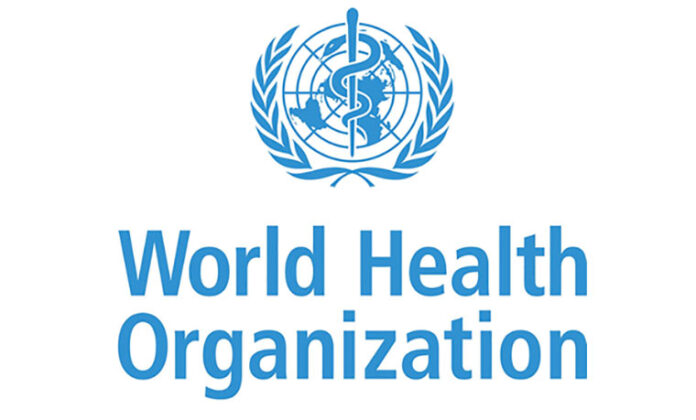The World Health Organisation (WHO) has warned that the cases of diabetes in Africa could surge to 54 million by 2045, if nothing was done to urgently address the rising prevalence.
WHO Regional Director for Africa, Dr Matshidiso Rebecca Moeti, who issued the warning in a message to mark the 2024 World Diabetes Day (WDD) yesterday, lamented that half of the over 24 million adults currently living with diabetes in the African region, were yet to be diagnosed thus, yet to begin the much needed treatment.
Moeti, who noted that the rising diabetes prevalence in Africa was further complicated by multiple drivers including urbanisation, unhealthy diets and physical inactivity, added that this year’s theme: ‘Breaking Barriers, Bridging Gaps’, underlines WHO’s commitment to reducing risk, and ensuring that everyone diagnosed with diabetes have access to equitable, comprehensive, affordable and quality treatment and care.
According to her, there was a need for a collaborative approach to address diabetes which she described as a “silent killer,” as it was a chronic lifelong disease that leads to uncontrolled blood sugar levels because the body could no longer produce or use the insulin it produces efficiently.
She said: “In the WHO African Region alone, more than 24 million adults are currently living with diabetes, half of whom remain undiagnosed. Left untreated, diabetes can lead to complications such as heart disease, stroke, nerve damage, kidney failure, lower-limb amputation, and eye disease that can result in blindness.
“Without urgent interventions, predictions are that the number of people living with diabetes in the African Region will rise to 54 million by 2045, the highest projected increase globally. This poses a significant dual health and economic burden, including catastrophic spending by individuals to control their disease.
“Compounding the challenge is that Africa has the lowest investment rate in diabetes care worldwide, at only 1% of the region’s health expenditure. Health systems are also traditionally designed to deal with acute, infectious diseases, without sufficient attention paid to chronic diseases like diabetes.”


















